Historic Houston Building Being Demolished Just Days After Preservationists Tried to Build Momentum to Save It: Wrecking Ball Suddenly Moves In — Near 100-Year-Old Treasure is Turning Into a Parking Lot
BY Annie Gallay // 10.30.18Chevron quickly started tearing down the historic building at 1621 Milam just days after Houston preservationists pushed to save it. (Photo by Annie Gallay.)
When it comes to historic Houston buildings, Chevron and Houston’s preservation community appear to be like oil and water. Even as Houston history lovers continued to fight as best as they could to attempt to save a significant 1920s downtown building from the wrecking ball, the energy giant began tearing it down.
The demolition started with no notice on Monday — just days after a group of prominent architects, historians and Houston preservationists met with Chevron in an attempt to start a dialogue on saving 1621 Milam, an old automobile showroom and one of the two remaining buildings of the Milam Street auto row. More recently, 1621 Milam served as the home of The Houston Press from 1998 to 2013.
By Tuesday afternoon, most of the back of the building was already torn down.
Chevron is demolishing the property to turn it into a parking lot. As the number of these buildings dwindle and corporations buy up the remaining ones, preservationists are speaking out.
Where the mammoth oil and gas corporation sees a paved parking lot, Houston preservationists called for a public, pedestrian-friendly gathering space.
This architectural point of contention is known as the Shelor Building. The former car showroom was modern at the time and one of the first of its kind in Houston to be built. It’s considered striking for its rare style of façade and its massive display windows, the kind you’d see in Chicago or New York street-level shops.
“What I find interesting about this particular building is how ornate and in a way traditional the building looks from the outside, with the brickwork and limestone surround, and yet how industrial it was in use,” New York-based architect, Houston native and Rice University graduate Charles Renfro tells PaperCity.
It’s a peculiar symbol of a past that this preservationist was not ready to let go of.
“There are so few historic buildings around that it just feels like a new city almost everywhere you go,” Renfro says. “What I find really upsetting is that the loss of architectural history is the loss of actual history. The Shelor is a representative building of the past we’ve almost wiped out.”
Still, Chevron holds all the cards. They purchased the Shelor building — which was never recognized as a protected historical landmark — back in 2013.
Preservation Houston, the Houston Archaeological and Historical Commission, the Rice University School of Architecture and more allies from Houston to New York waged a last-ditch effort to save the building from demolition.
Minnette Boesel, chairperson of the Houston Archaeological and Historical Commission, and Rice’s architecture school’s dean Sarah Whiting are among the primary preservationists championing the 1621 Milam cause.
Boesel and Whiting considered the building invaluable when it comes to preserving Houston’s past — and brimming with potential for the future.
“This part of Downtown is somewhat devoid of historic fabric right now. Once it’s gone, it’s gone,” Boesel says. “This is a remarkable city. We should treat it as such.”
Instead, the Shelor building is well on its way to being completely gone already.
Boesel imagined opportunities for the building to be adapted for reuse and redesigned on a pedestrian scale, enhancing the neighborhood’s walkability.
Renfro agreed, noting Chevron could reimagine the building and reintegrate it into the urban fabric of Houston, updating it for social and public gatherings.
“One of the trends that’s happening in Houston and other cities is a kind of conversion of historic buildings into places of congregation and hospitality. Restaurants, bars or performance spaces,” the architect noted before the demolition began.
The northern part of downtown features these elements, as does Market Square Park. “And the development in Midtown is starting to address what Downtown really needs to,” Whiting says. She sees these changes coming as hospitality groups such as the minds behind 13 Celsius and Weights + Measures use these old buildings, and as the everyday Bayou City resident looks around and realizes what the city could be.
“The average Houstonian is beginning to change her perspective, mainly through landscape and appreciating the city,” Whiting says.
“To have a public attractor right here would anchor the southern part of downtown. It would be very much embraced by officer workers and residents,” Renfro says.
For Whiting, 1621 Milam could have been transformed into a gym, a petite boutique hotel — but above all a social space.
Renfro envisioned it as a downtown destination. “One of the things you could do is essentially take the windows out and make it be a sort of three-story open-air pavilion. It could independently house boxes of restaurants or food trucks,” he says.
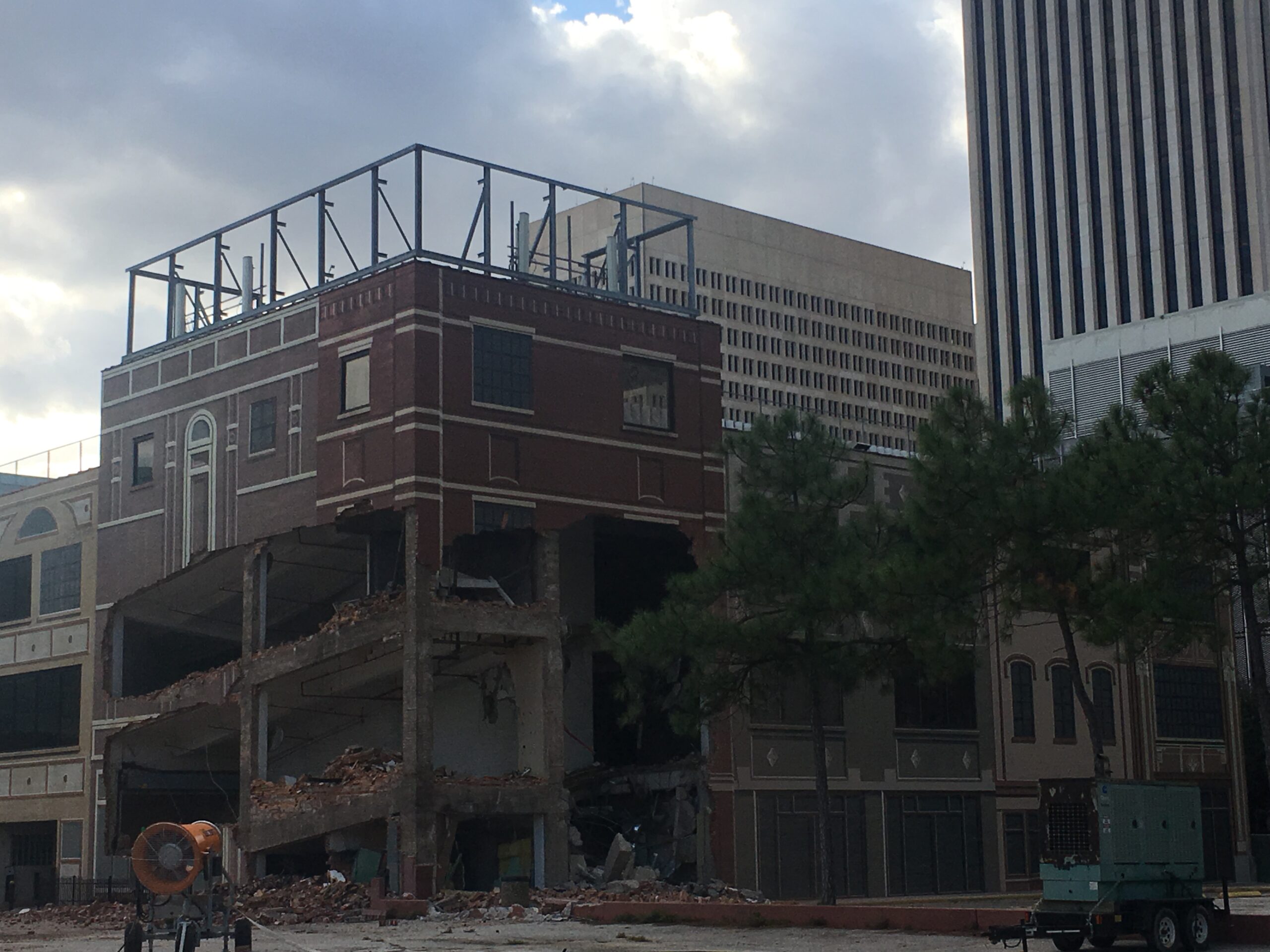
Given its past life as a car showroom, it had the infrastructure for trucks to drive right up into it. “This isn’t the kind of opportunity you could have in a new building,” the architect continues.
Renfro feels strongly that Chevron underestimated the potential utility and innovation of 1621 Milam.
“Chevron needs to understand that the mindset in Houston is so set in real estate terms, people just think about the value cost per square foot, how much they can get out of a parcel. They’re always thinking about the new build, which is easier than thinking about the adaptive reuse build,” he says. “They would never get the kind of quality and spirit of space out of a new build that they could get out of this existing structure.”
A Wrecking Ball Mindset
Representatives of Chevron met with Boesel and Whiting to discuss their plans for the building late last week, but the news wasn’t good for the preservationists side.
“Chevron has always been a good corporate citizen advocating sustainability and building of communities, so the demolition of the Shelor Building with no plan in place for the future of the site except a parking lot just does not seem to go along with that thinking,” Boesel says.
The Chevron office was a new venue, but the same conversation. Less news, more reiteration.
“They are going down the path of demolition,” Boesel says. “They were very polite and very firm in their conviction that they made this decision and they will not change it,” Whiting echoes.
“They said ‘Oh, you know we respect you, we want to listen, we want to hear you out. We wanted to tell you this in person as opposed to doing it by the phone because we respect you.’ Essentially, they were just saying the decision was made,” Whiting says.
Boesel was not encouraged by the conversation. “David and Goliath, right?” she notes.
The preservationists had come armed with information on redevelopment resources and groups; city, state and federal tax incentives for historic preservation; and examples of historic buildings that have been given new life through adaptive reuse, such as the Hearst Building in New York and Paseo de la Reforma in Mexico City.
Within days, the demolition began — before the movement to save 1621 Milam could gain any public steam. PaperCity reached out to Chevron for comment, but has not heard anything back.
“They looked over everything and they decided that they wanted to proceed with their demolition,” Boesel says.
“They said that they had spoken to people, they had researched possibilities for alternatives and had not come up with anything interesting,” Whiting says. “Interesting you say that because you clearly didn’t reach out to the most well-known preservation names in Houston. And you didn’t reach out to the second-ranked architecture school in the nation.”
Chevron argued that preserving the building was prohibitively expensive in the meeting. The Houston preservationists recognize that taxes are costly, but cast doubt on the figures Chevron shared.
“We questioned the ‘millions of dollars’ they said they would have to pay to keep this building. When we know even the Astrodome doesn’t require that much money. It’s not a question of millions of dollars. All of that is not verifiable,” Whiting says.
There was another point she’s not sure she understood. “They said, ‘You know what we really want to do is work with you to help identify other buildings that could be saved in Houston so that we can get ahead of this.’ I thought, boy, that looks pretty bad if you demo a building and turn around and say other people shouldn’t demo theirs. They’re really reaching for straws.”
Moving forward, Whiting and Boesel plan to make even more noise and stir up their constituencies. It’s about making Houstonians aware. The wrecking ball is relentless.
And another historic Houston building is now already almost half gone.
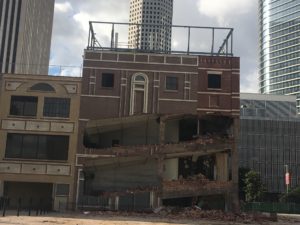
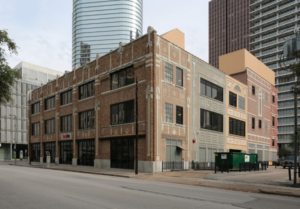
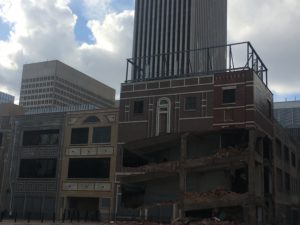


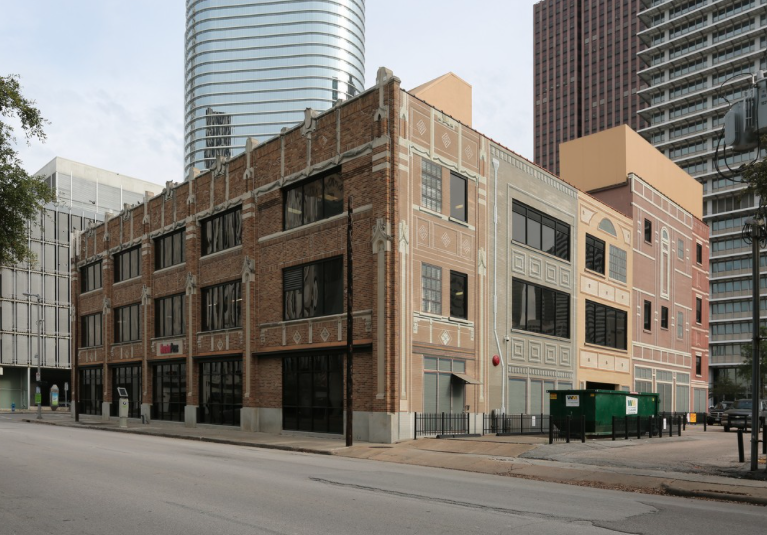
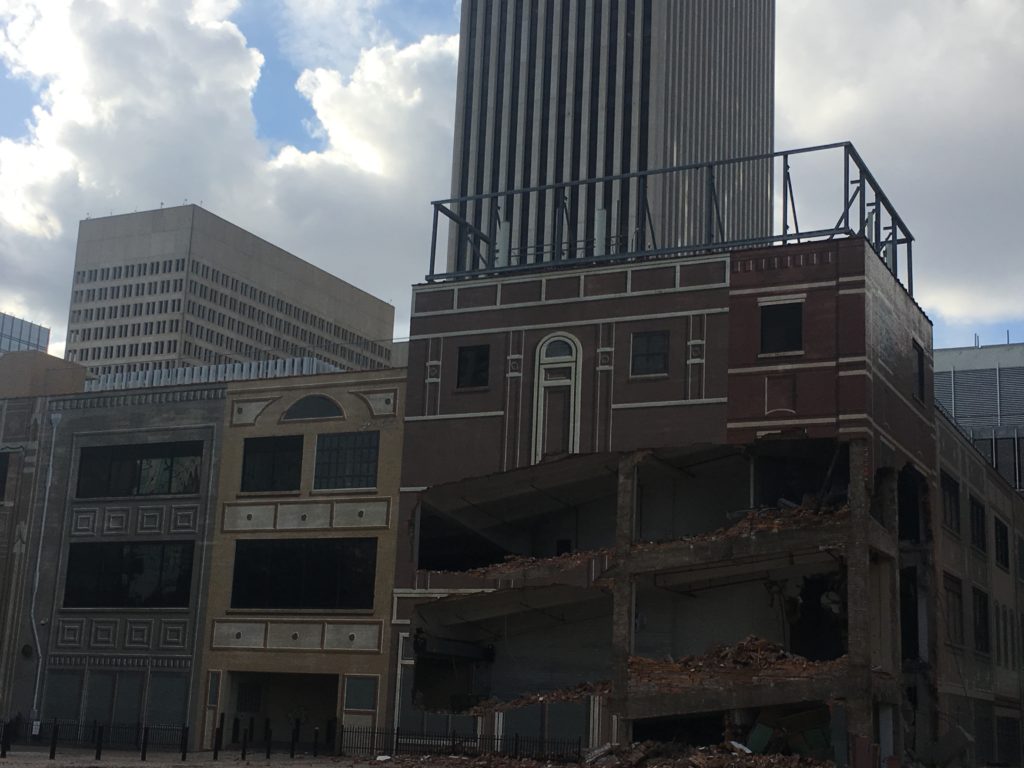



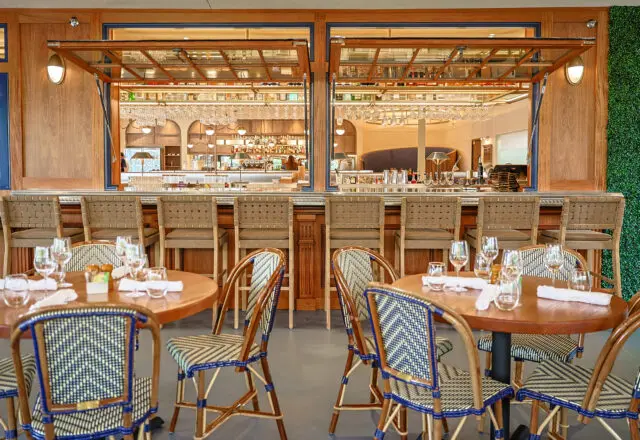




_md.jpg)







